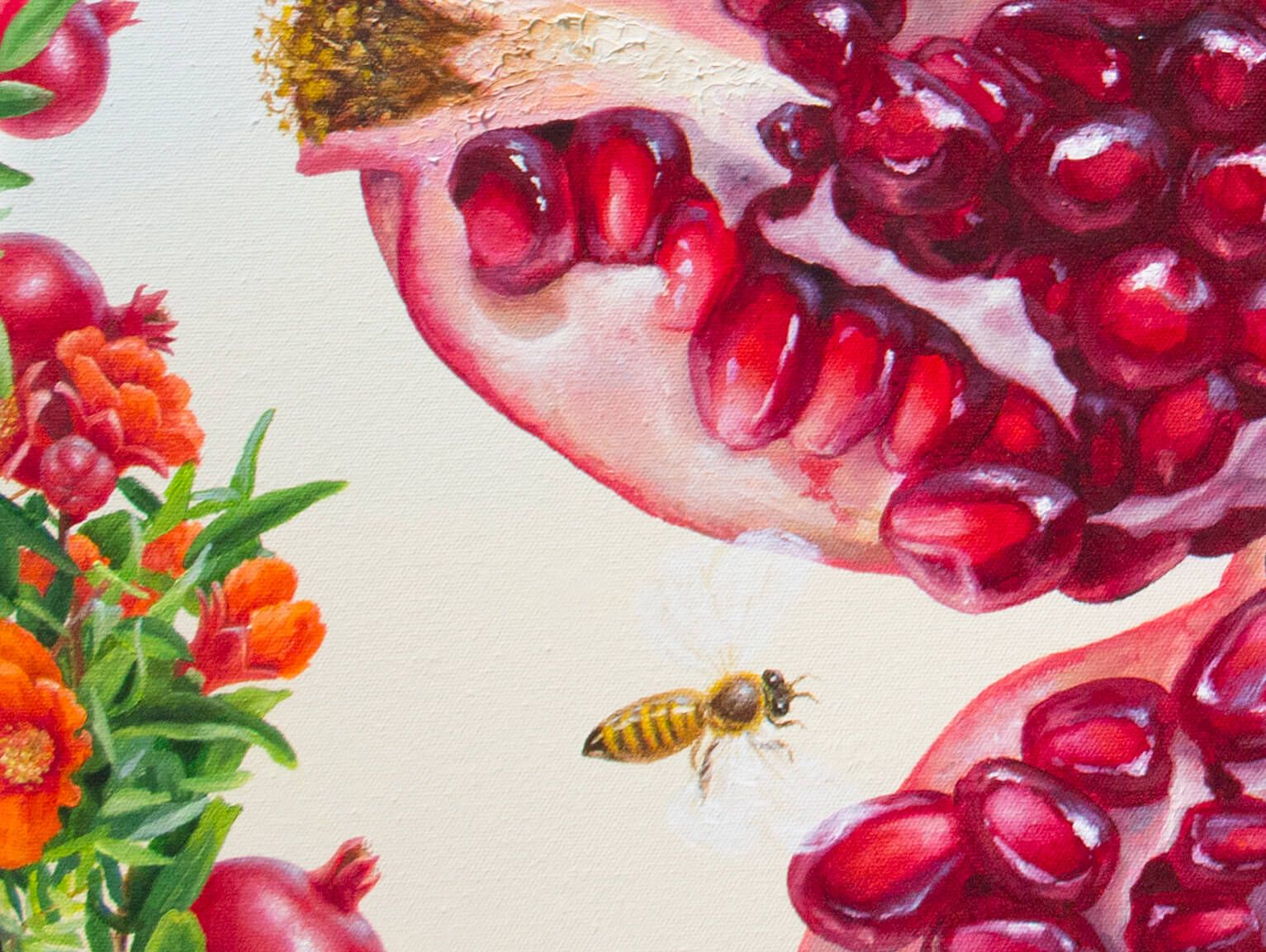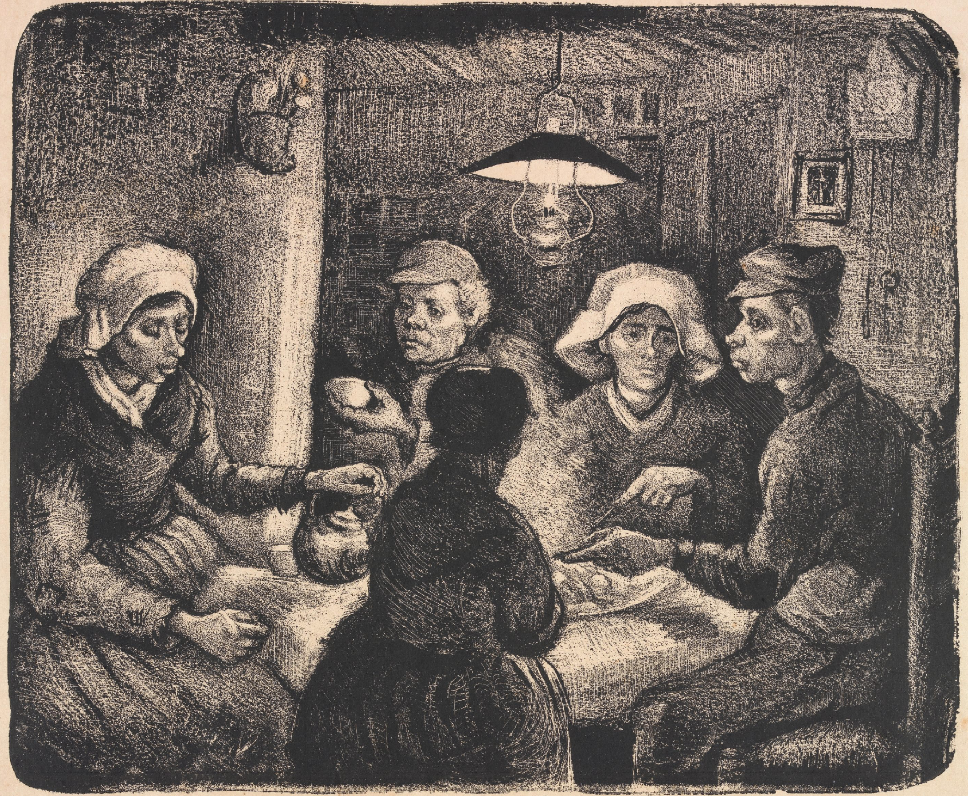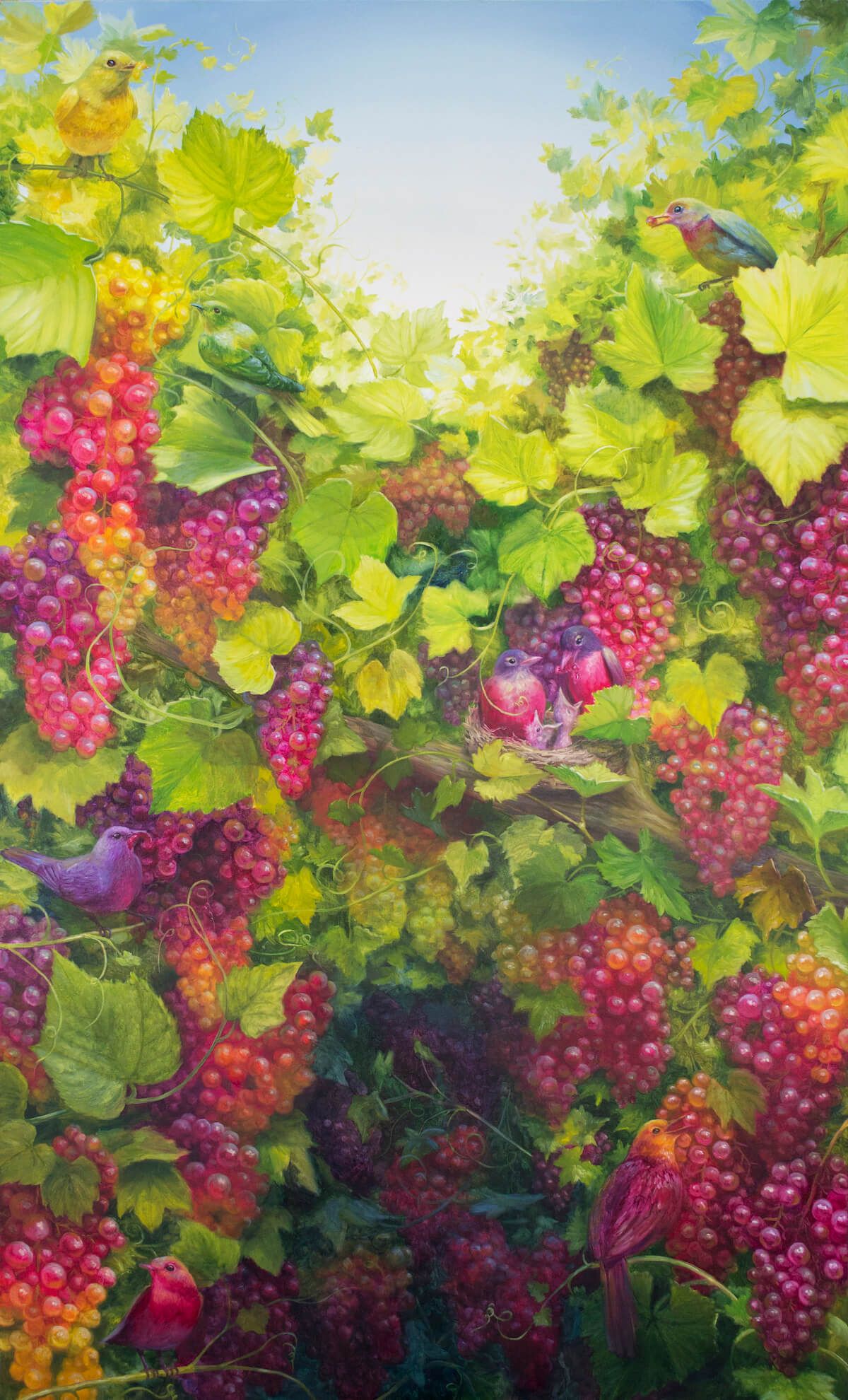A CANVAS OF TOAST
A collection of SASAMANA’s toast art. Courtesy of the artist
A crispy slice of toast with a sweet smear of jam… or a savory bite of avocado toast with peppery spice… or how about a serving of art on a slice of toast?
Japanese artist Sasamana is best known for her Art on Toast series, which reached global recognition for her detailed artworks on toast—a basic food shared among most parts of the world.
She refers to food as “quiet creatures”, and she expresses how food lives quietly with us and for us.
When the world faced the onset of the pandemic, creativity emerged within the isolation. Just as Ithraeyat was born in isolation, and continues to grow as an international arts and culture magazine, Sasamana shares how she found comfort and creativity during COVID.
“I felt as if I had been left alone. At the market, which was my only outing, I felt peace when I walked through the racks of vegetable and fruit displays.”
Sasamana—a deviation of her real name, Sasaki Manami—is a nickname her classmates in prep school gave her. “Sasaki is a common surname in Japan,” she explains, “and I have been called by my nickname in art universities and at the design company I currently work in.”
With the most simple and available ingredients, Sasamana transforms a plain slice of toast into an art piece. Her work is inspired by Japanese culture, delicate Zen toast and intricate Ukiyoe-inspired art.
With deliciously delightful toasts, she inspires us to be creative for breakfast and shares her journey with Ithraeyat on creating her Art on Toast series.
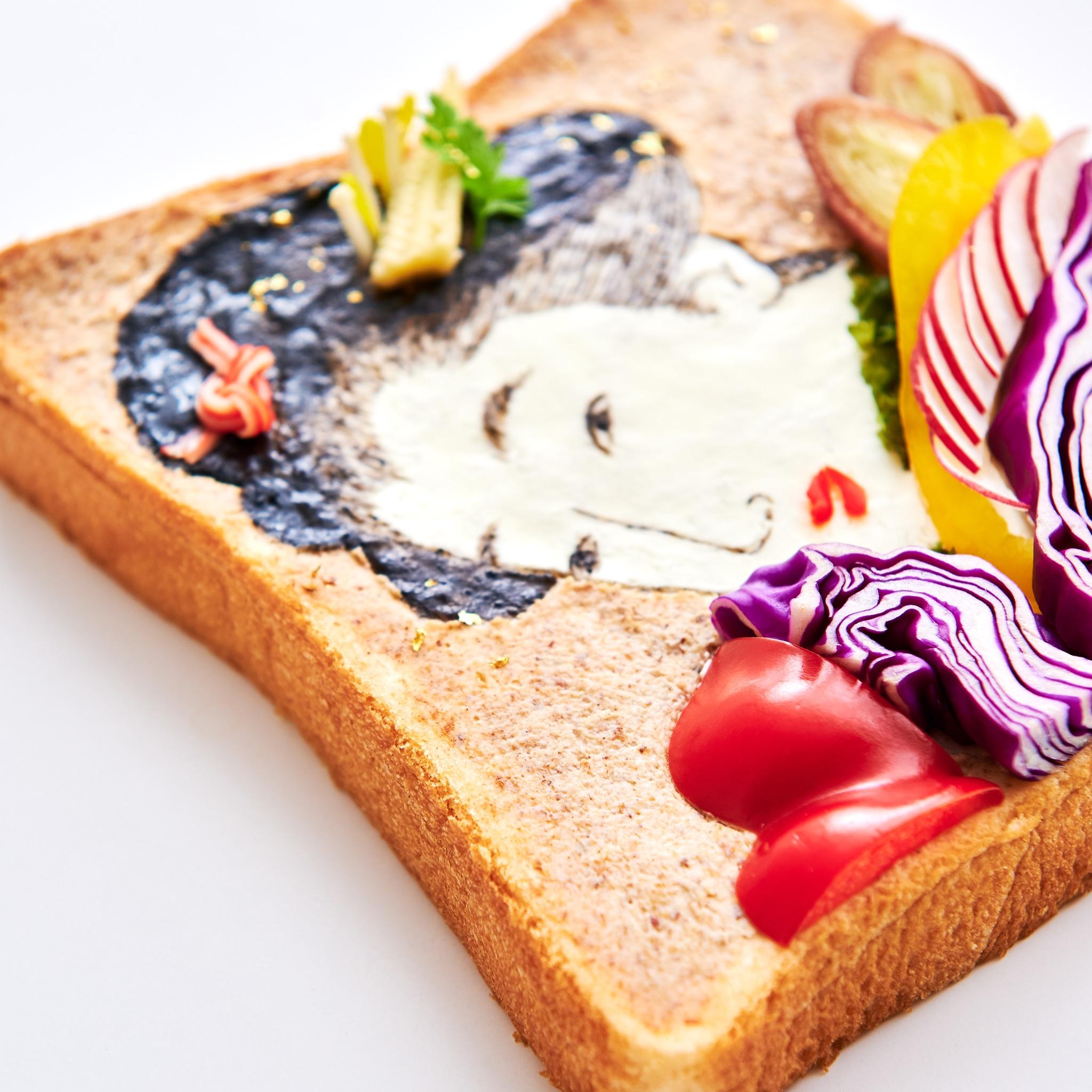
Ukiyoe. Courtesy of the artist.
I have been eating toast for breakfast since I was a child. In order to convince myself every day that "food is a quiet creature," I thought I would continue to represent that creature as toast for breakfast every day.
All of the ingredients I use can be purchased at Japanese markets. I do not use rare ingredients. This is my rule in continuing the activities of Art on Toast: to express that in the everyday life of the market, there is a door to a new journey of sensibility.
First, look at the ingredients not only as food, but also as living things. Even if they are the same kind of food, if you look closely, you will find that no two pieces are alike. Try cutting the food from a direction you don't usually cut. Why don't you try drying it a little? How would the aroma change if you grilled it? If you look at the ingredients as if you were looking at them for the first time in your life, you will feel the joy of sensitivity that overflows from within you.
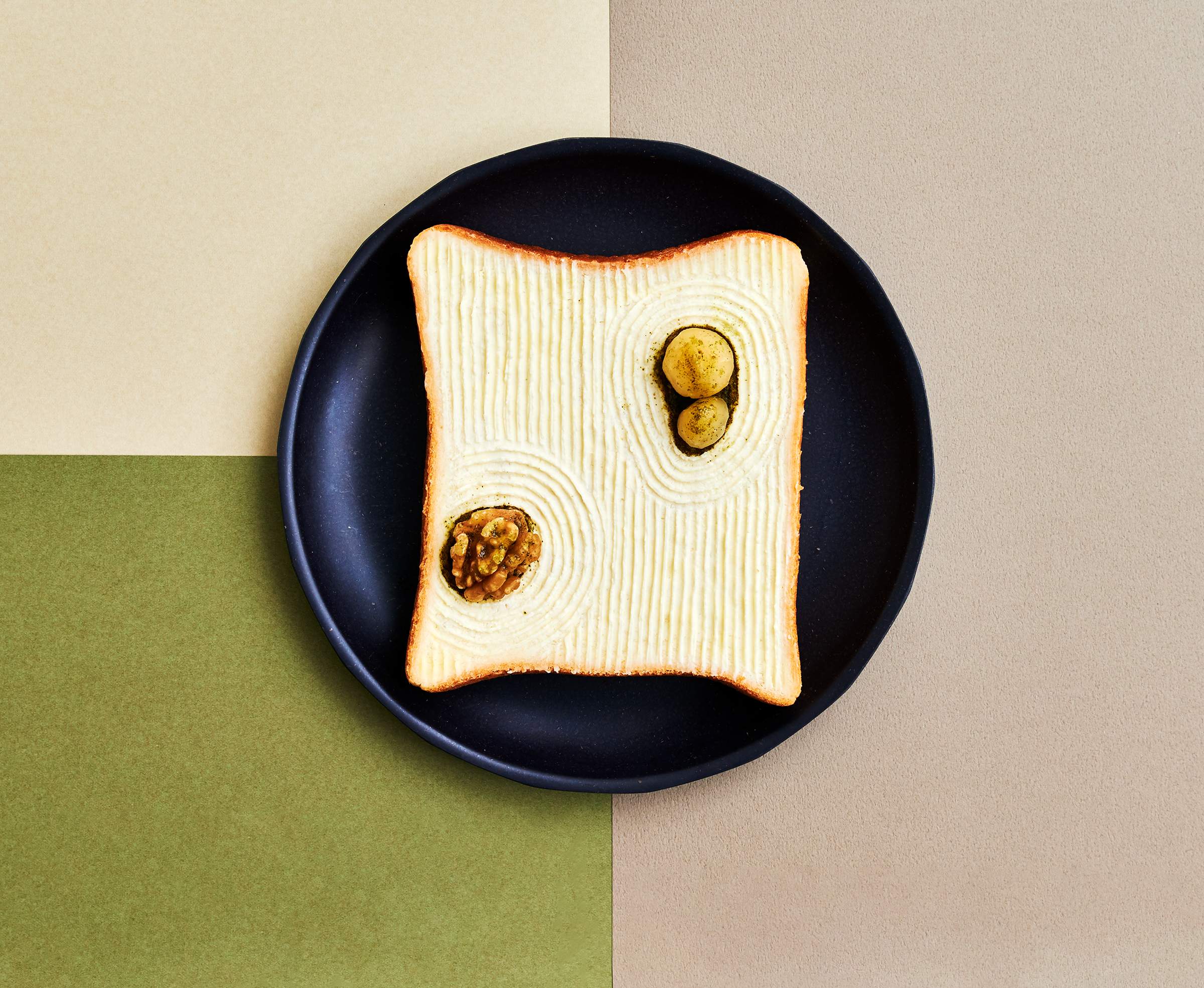
A toast inspired by a Japanese zen garden. - Courtesy of the artist.
My artwork is to go back and forth between nature and art, two entities that are relative in etymology. Nature is the etymology of what God created or what we are born with, and art is the etymology of what man has created.
I look at food in its natural form (nature) and express it on toast (art). The shape of the food changes with the heat of the toaster (nature). After eating the toast, the form I created disappears, but the form of my sensibility remains firmly in place and continues to live in my body. And with this new sensitivity, I look at the ingredients again the next morning.
This cycle is the work of Art on Toast. A piece of toast is not a work of art, but the cycle of sensitivity and the daily routine of looking at the form of the toast is the work of art. We look at what remains after melting and erasing different things. Circulate. The creation of something new through the intermingling of different cultures is art. Art is the "present place of the times" as seen by the artist.
You are all artists, too. Raise the resolution of your sensitivity and live in the present.
To view slices of delectable art on toast and more from Sasamana, follow her Instagram @sasamana1204.
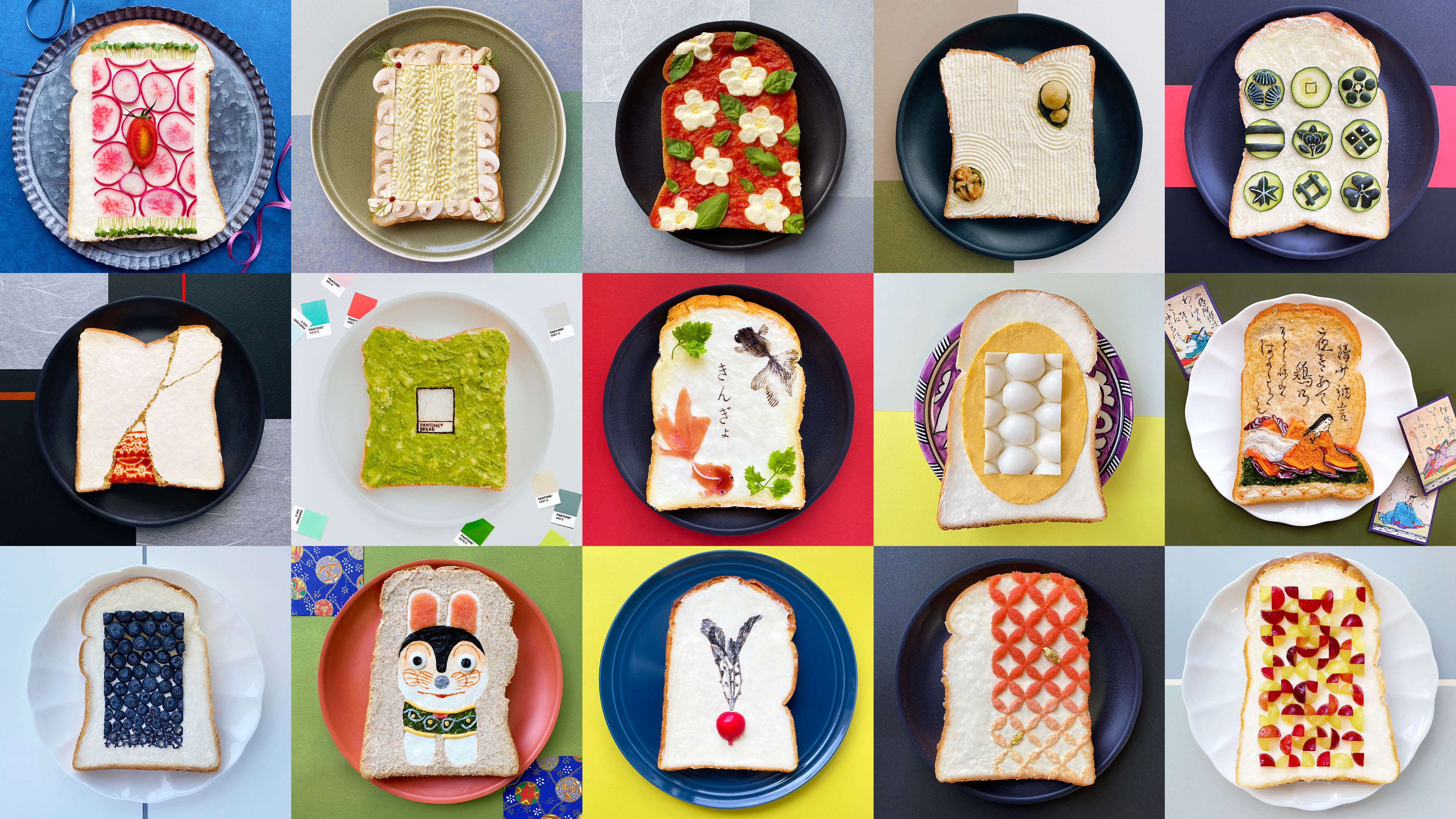
A collection of SASAMANA’s art. Courtesy of the artist
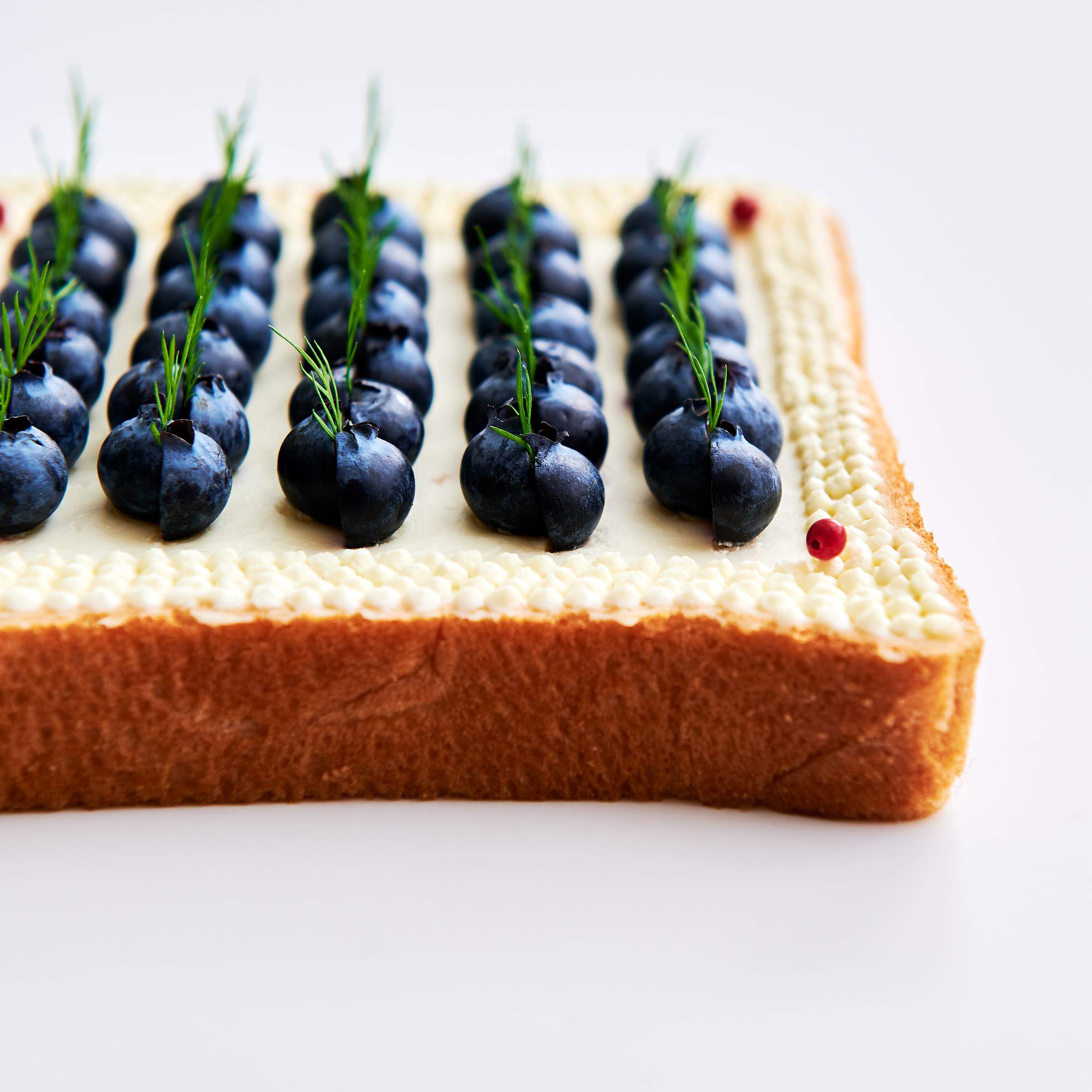
PLANTING toast. Courtesy of the artist.
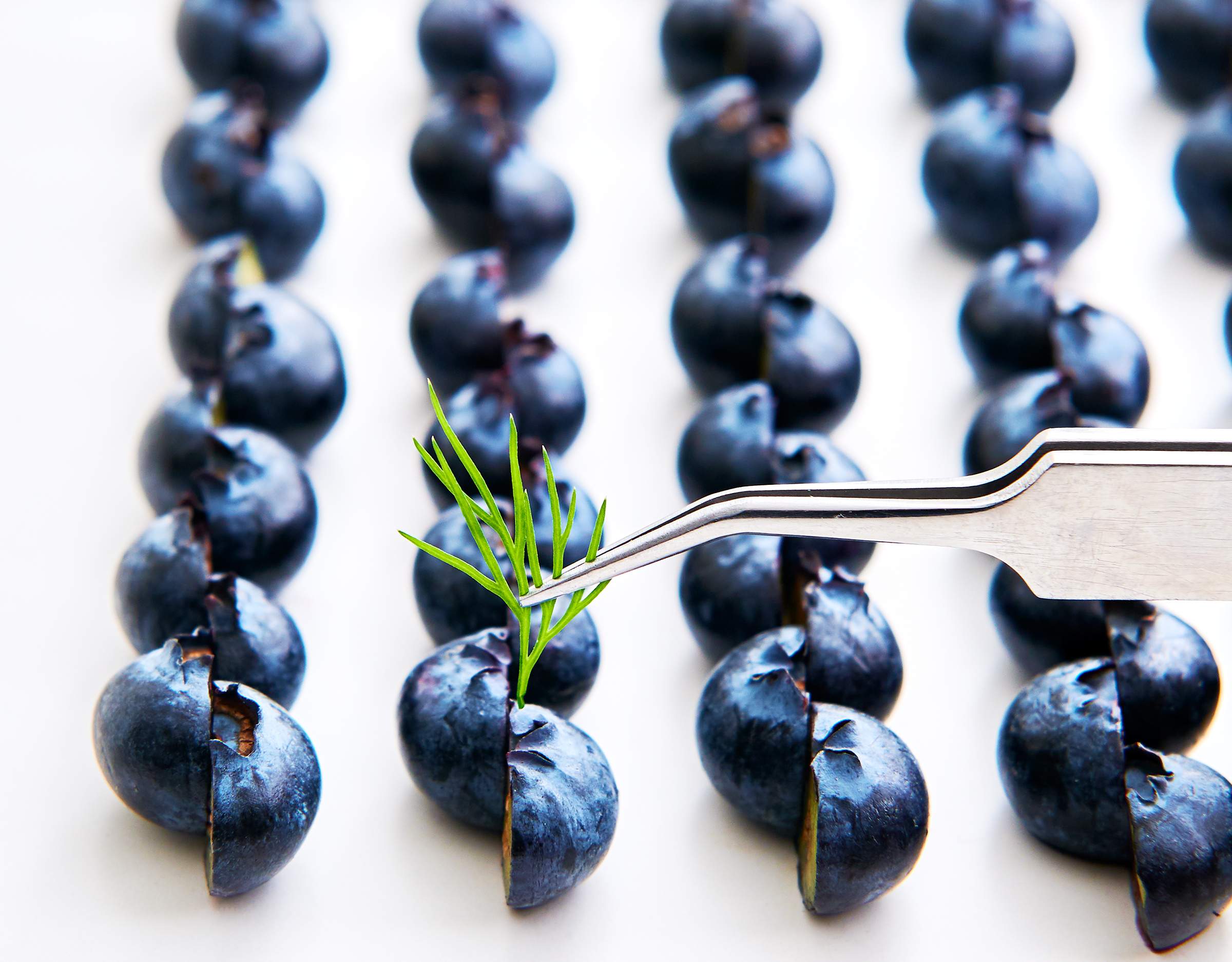
PLANTING toast. Courtesy of the artist.
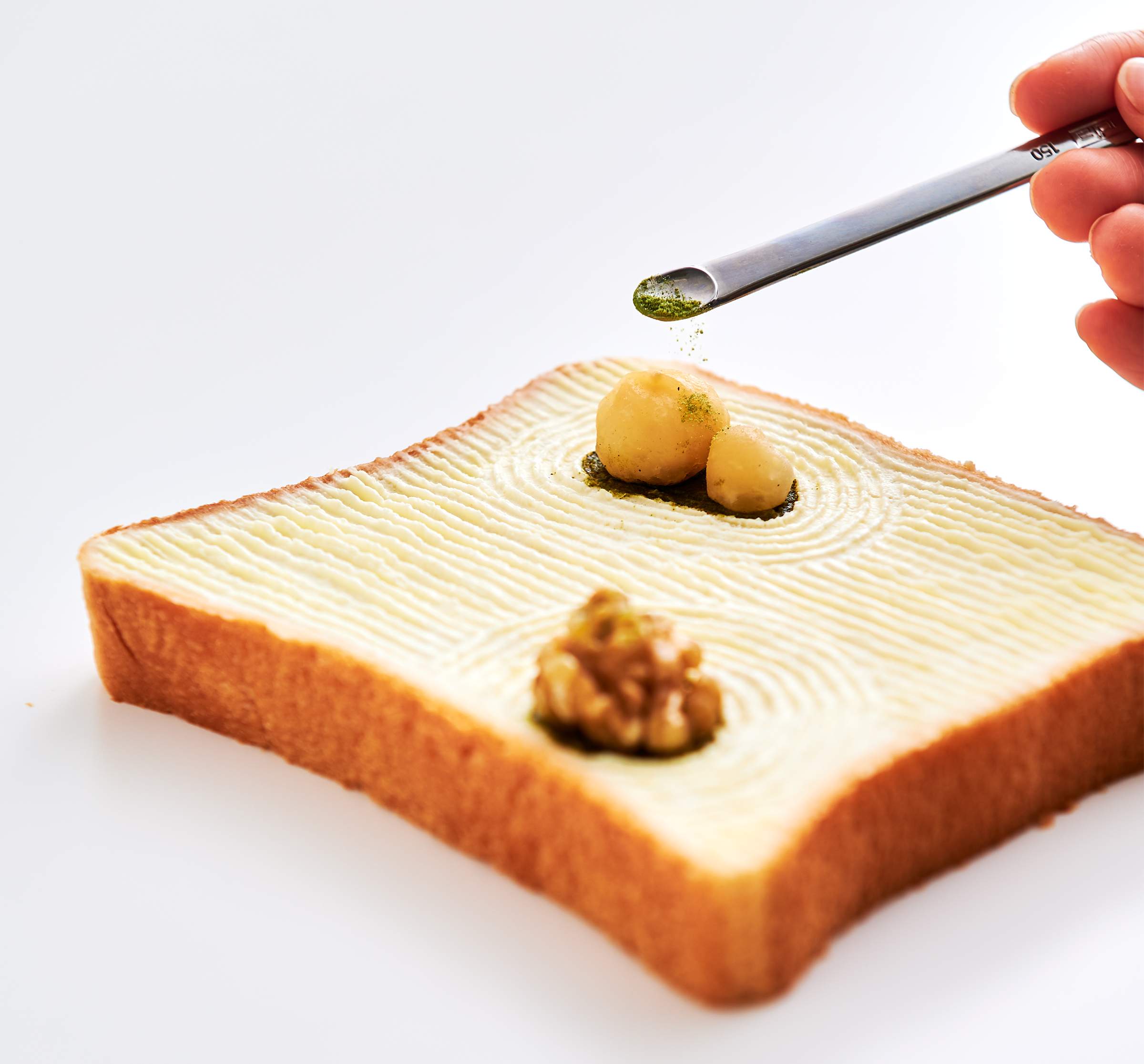
A toast inspired by a Japanese zen garden. ,ZEN toast. Courtesy of the artist.
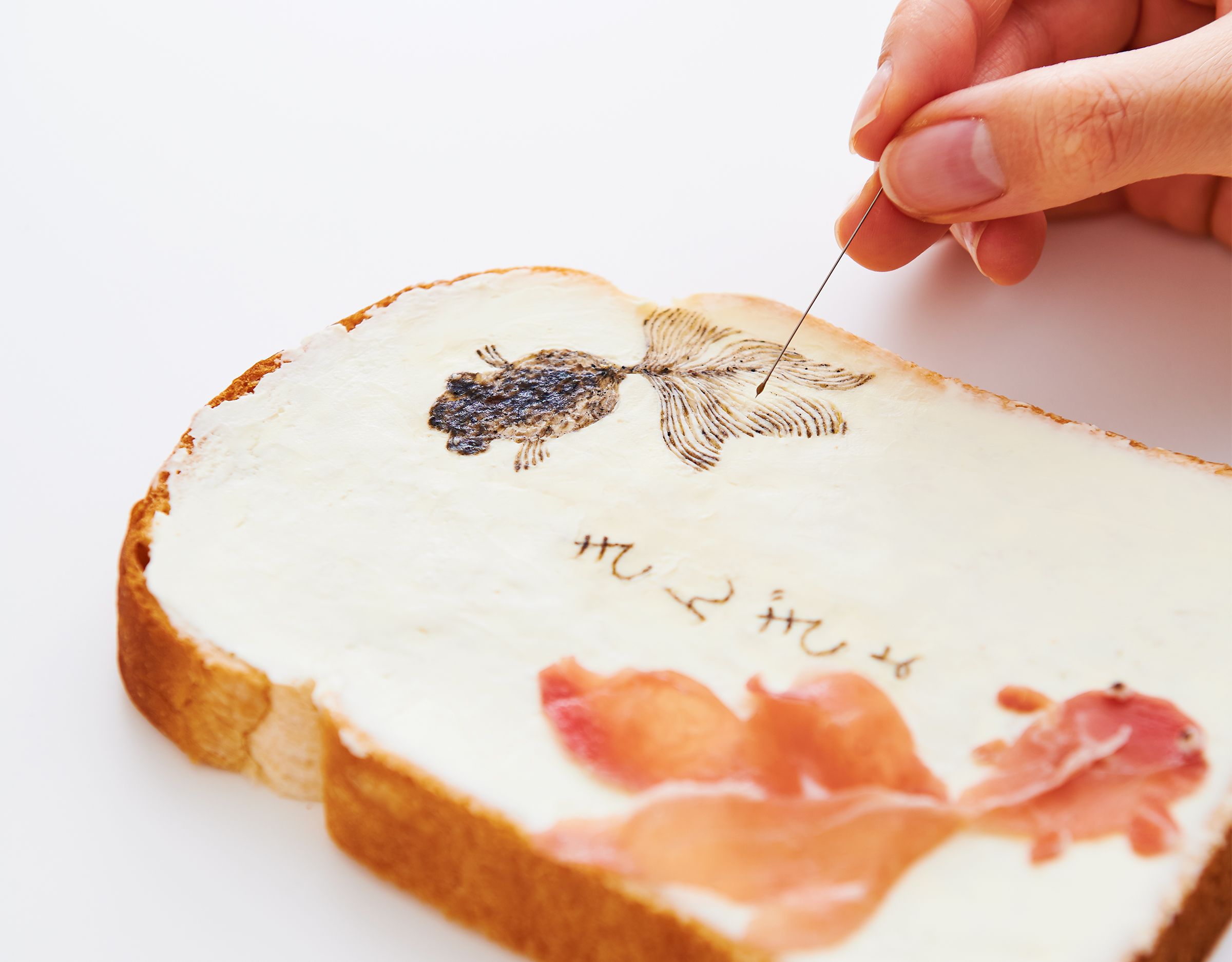
Kingyo. Courtesy of the artist.
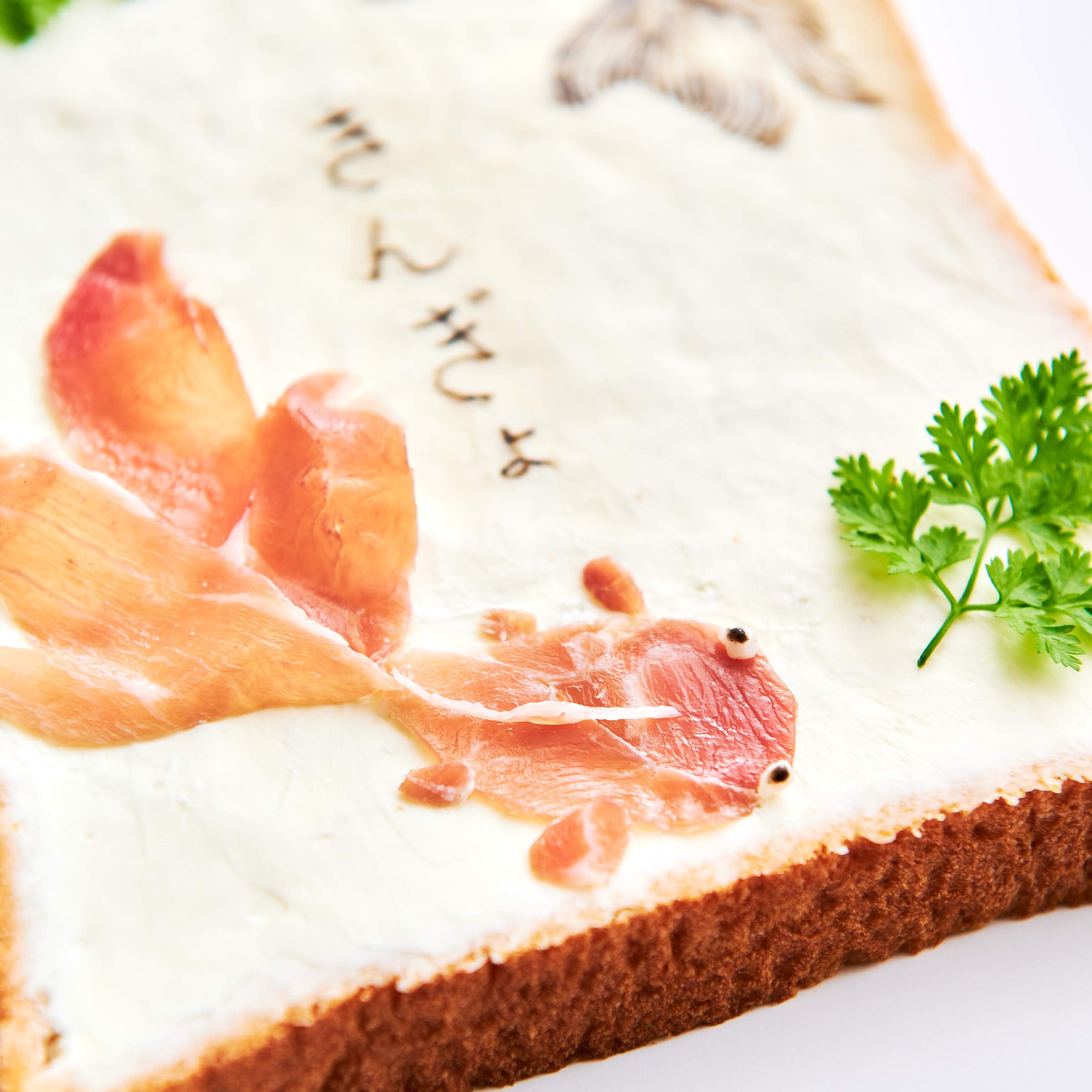
Kingyo. Courtesy of the artist.
